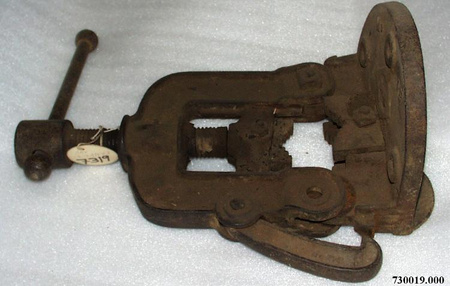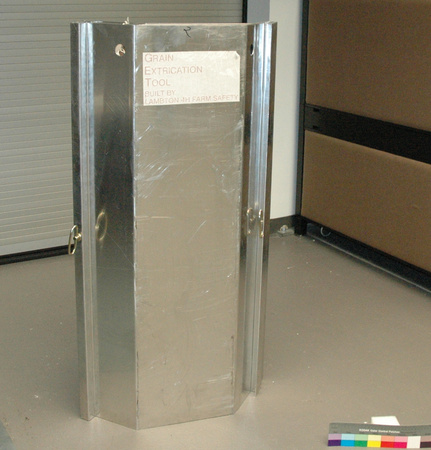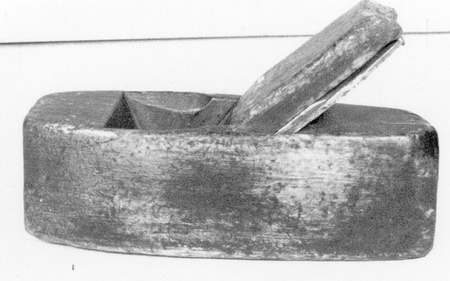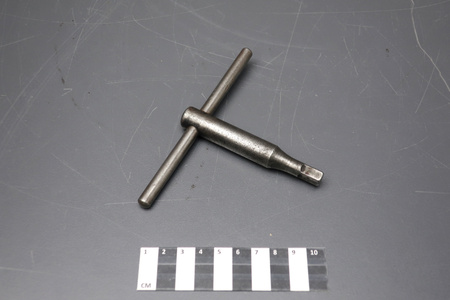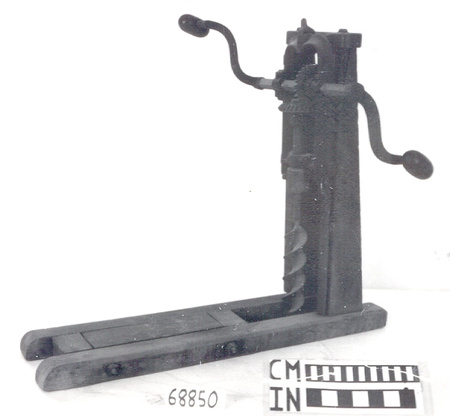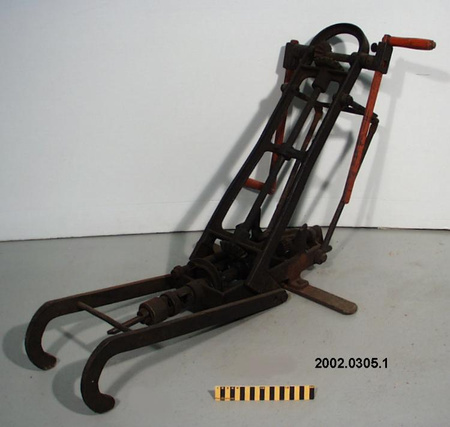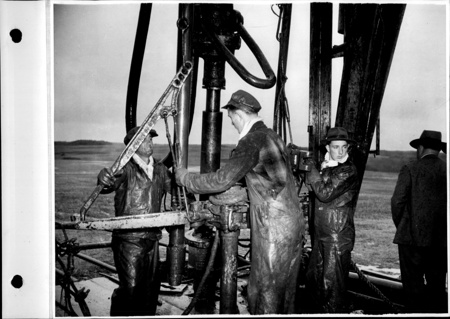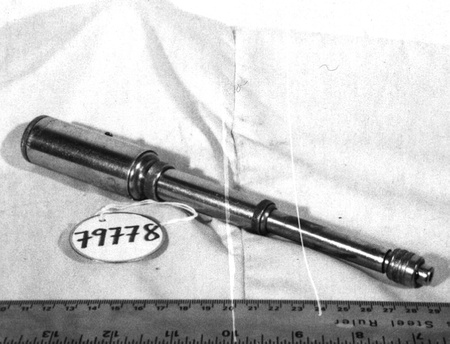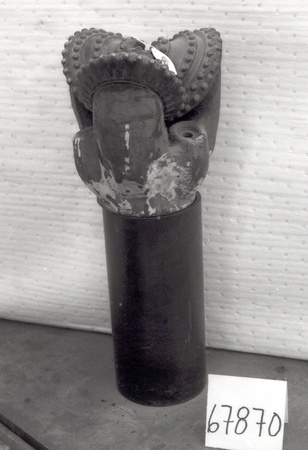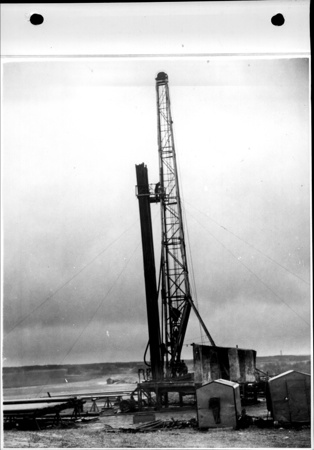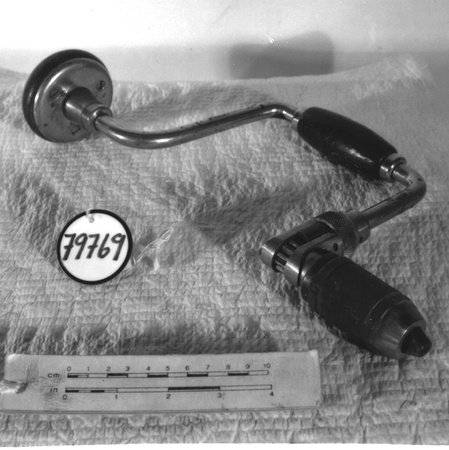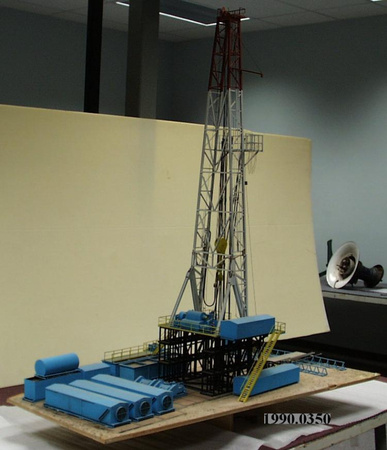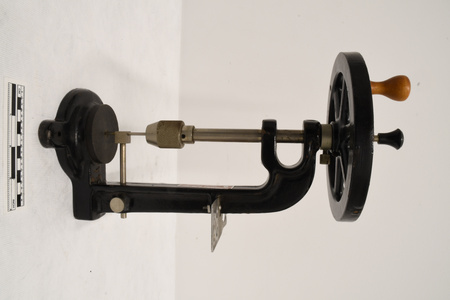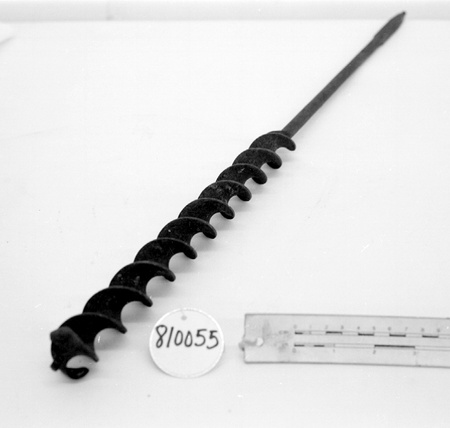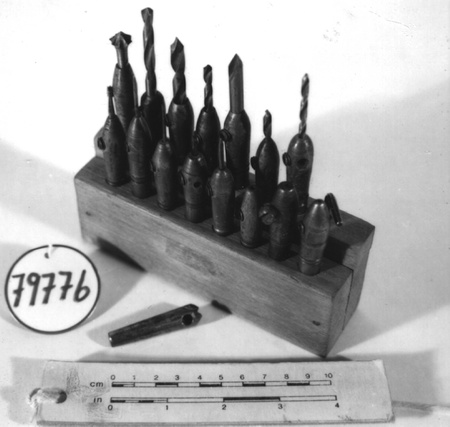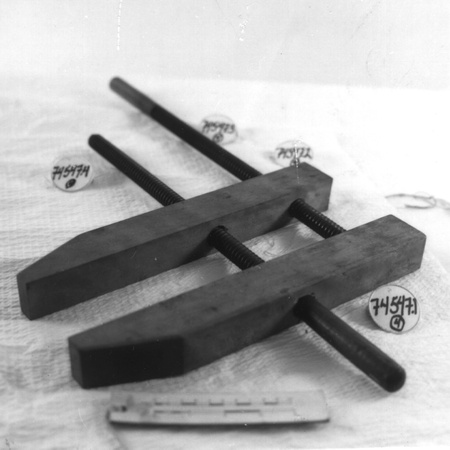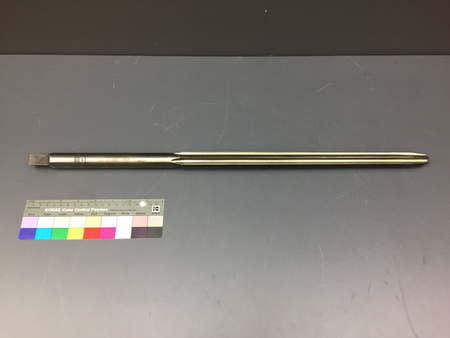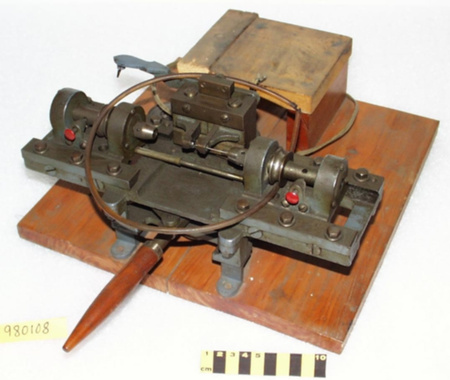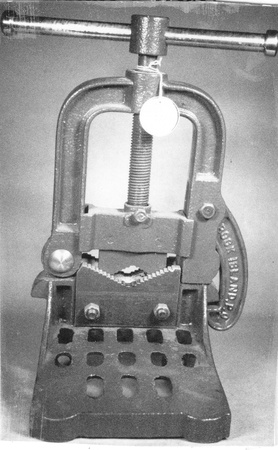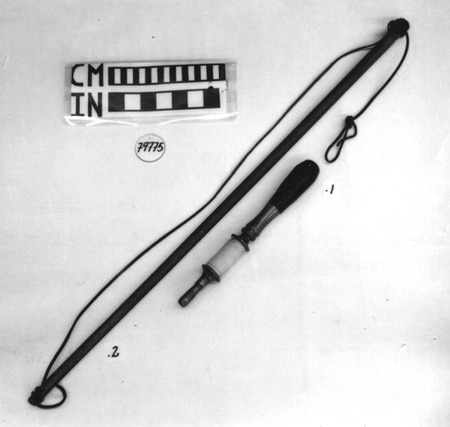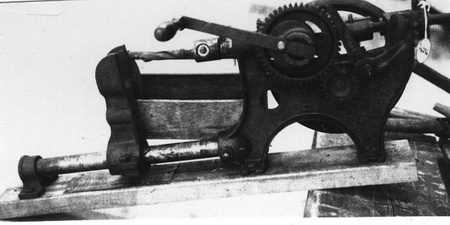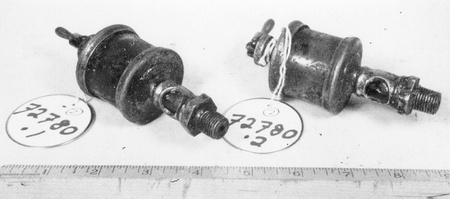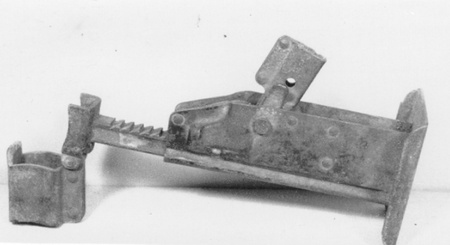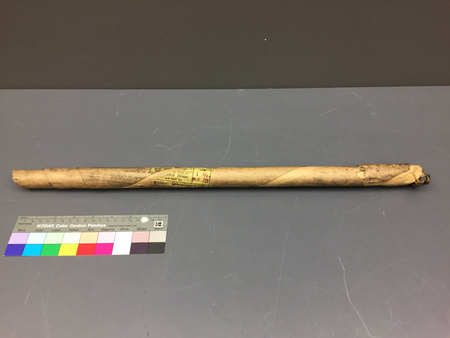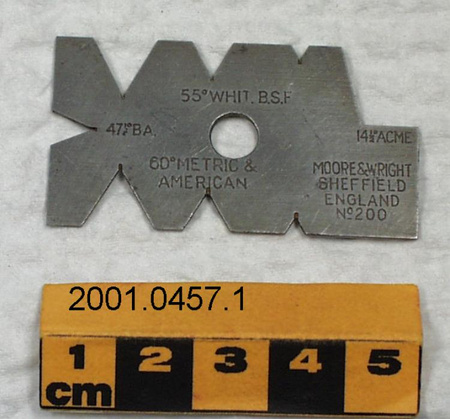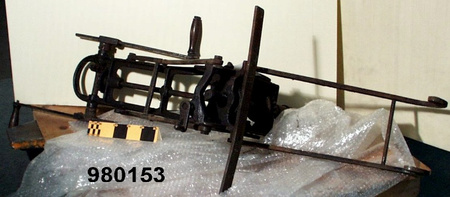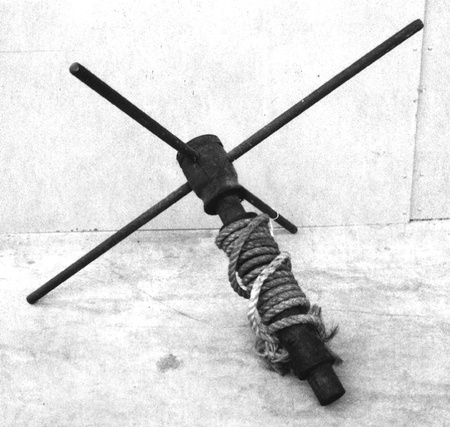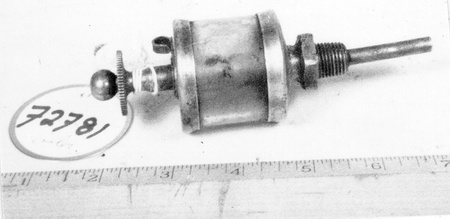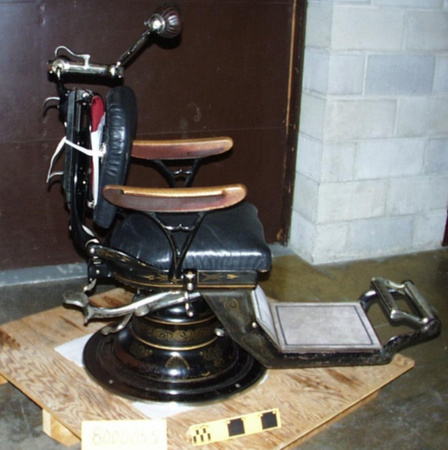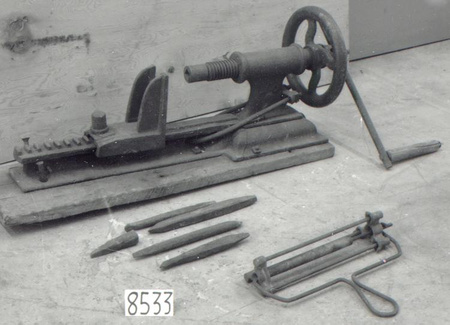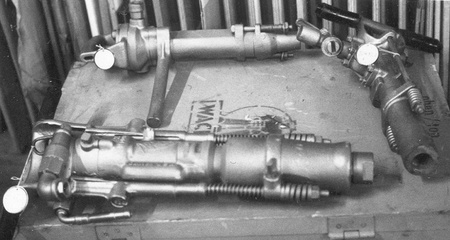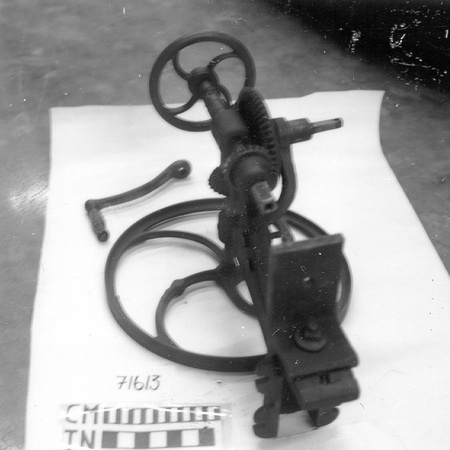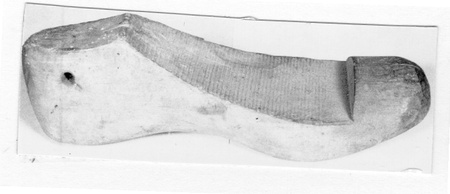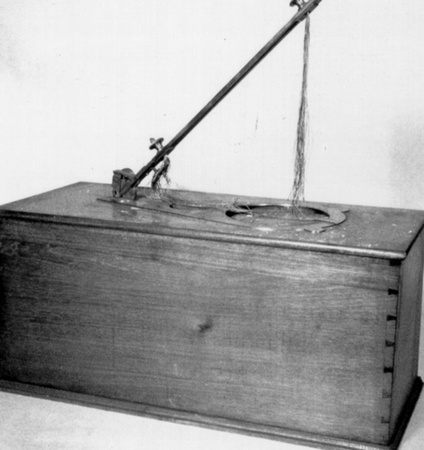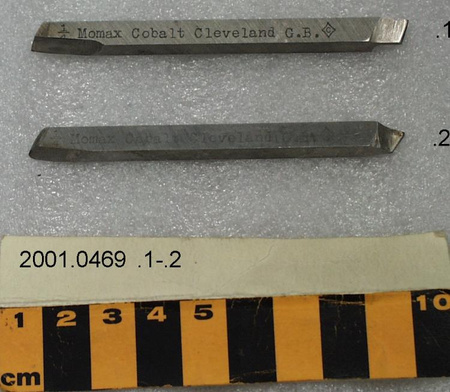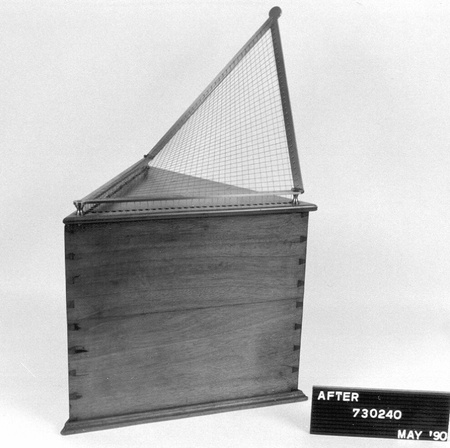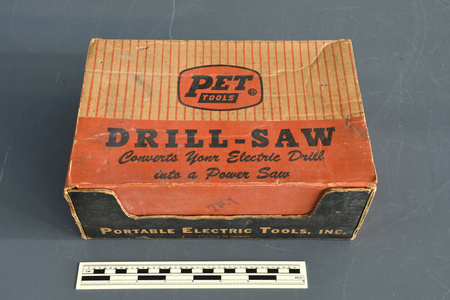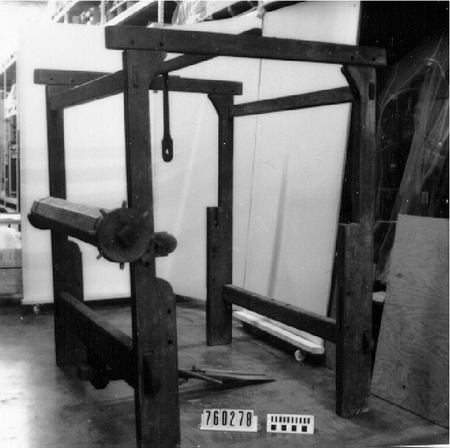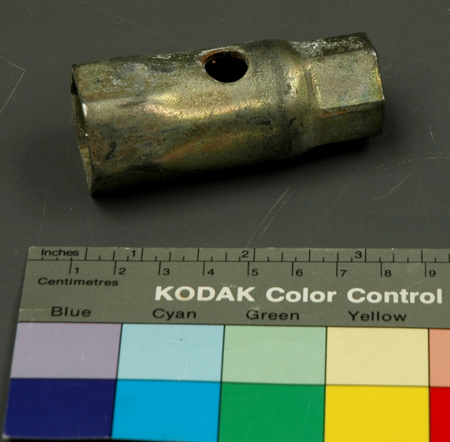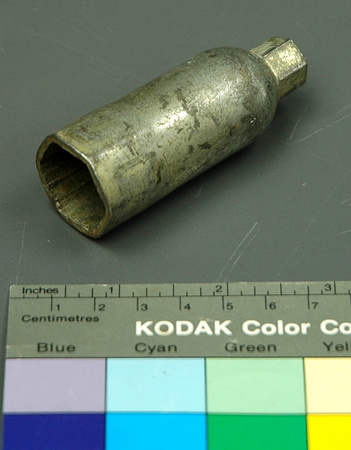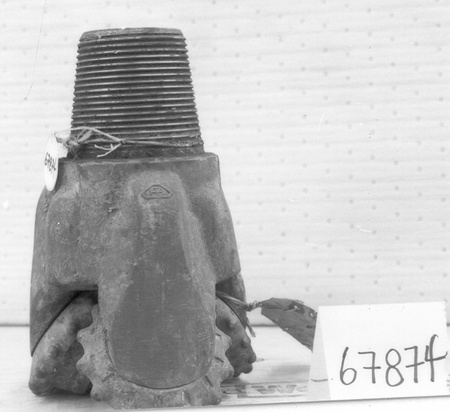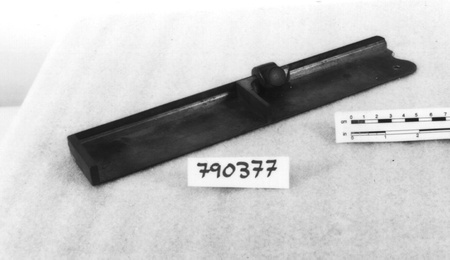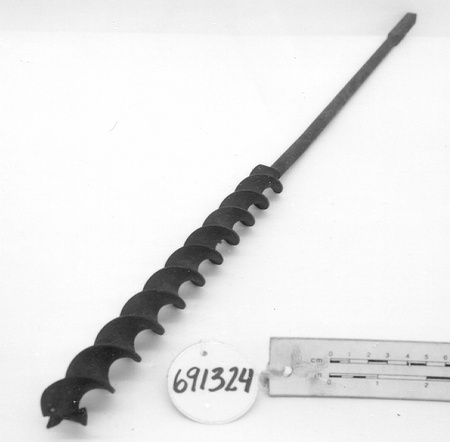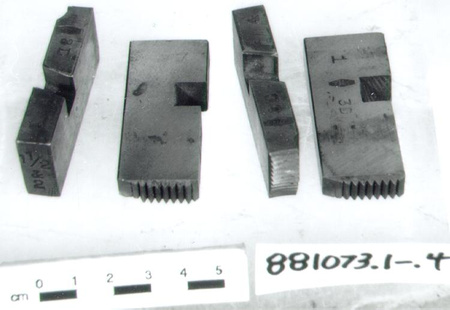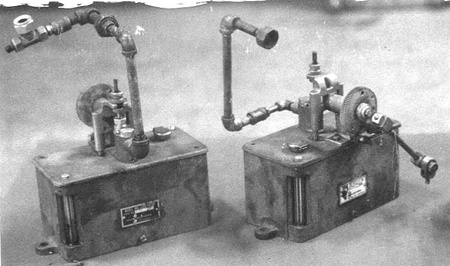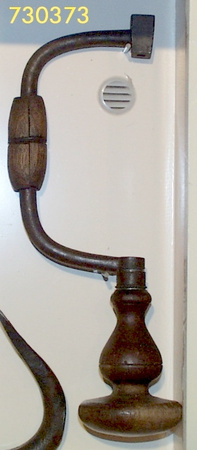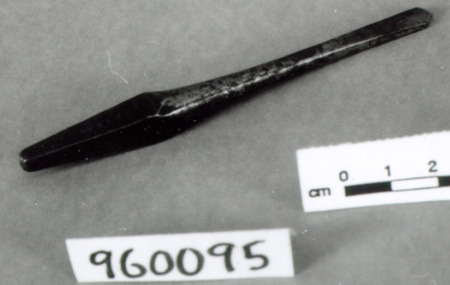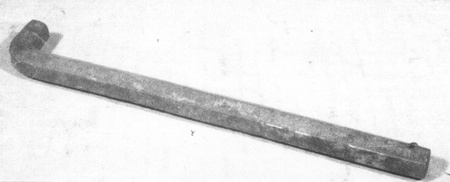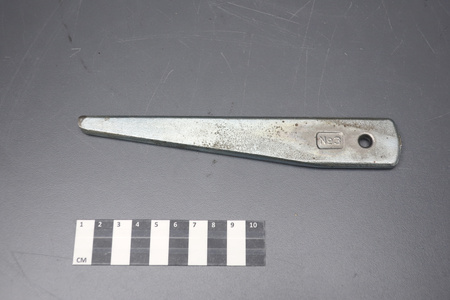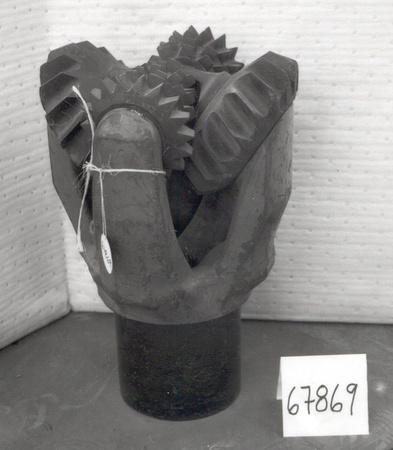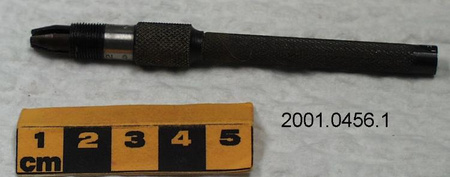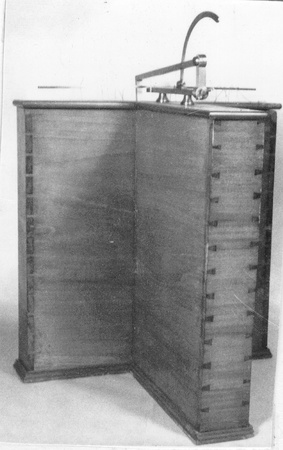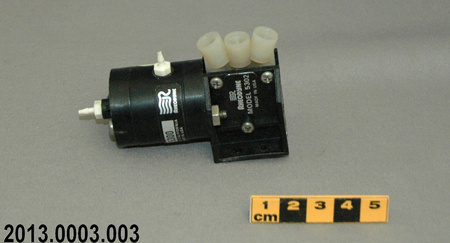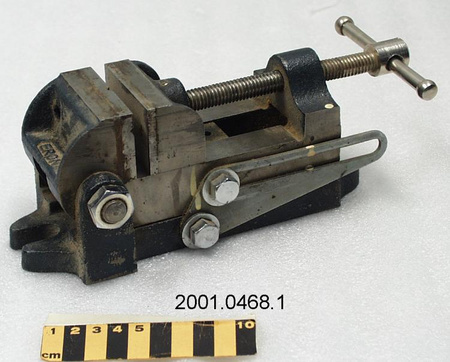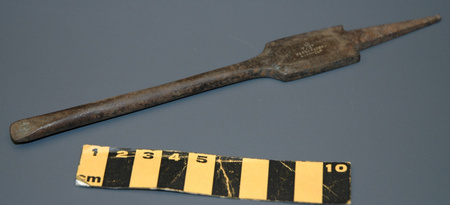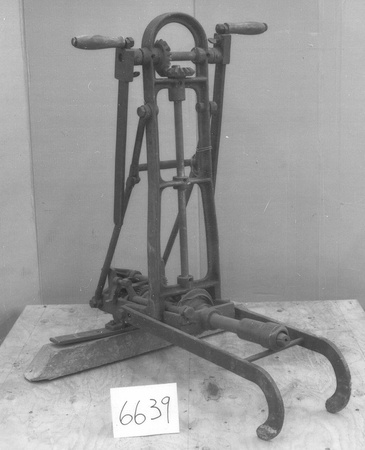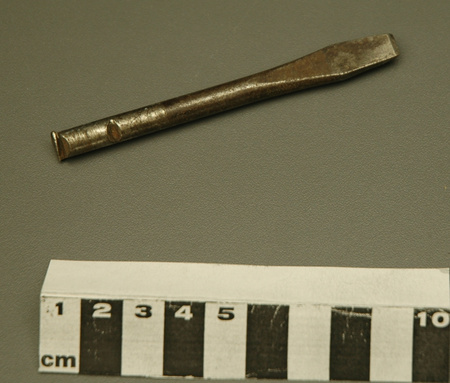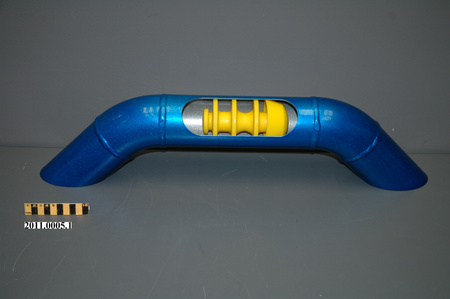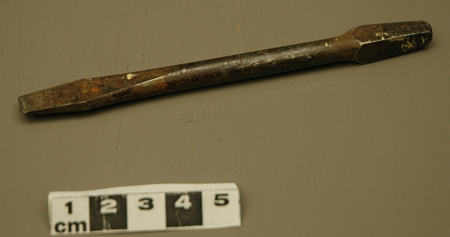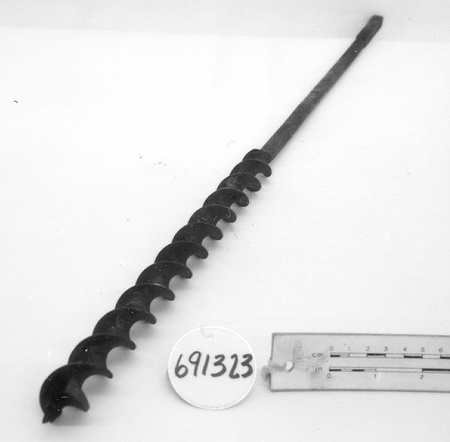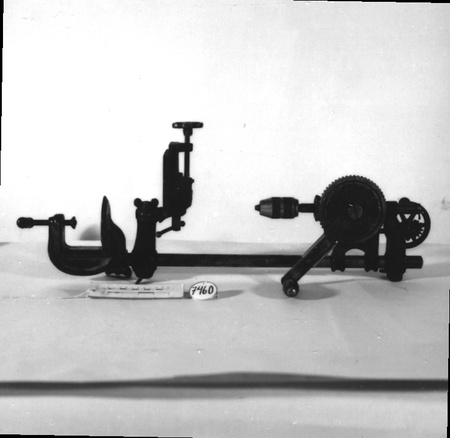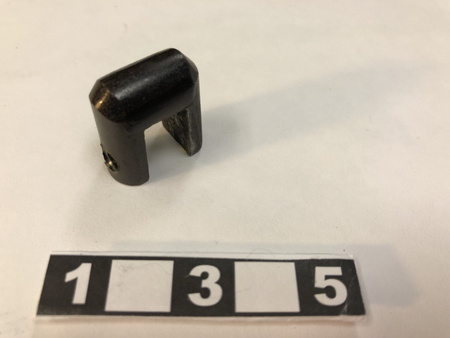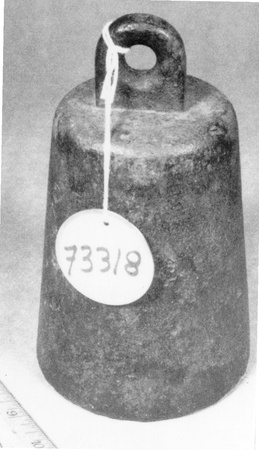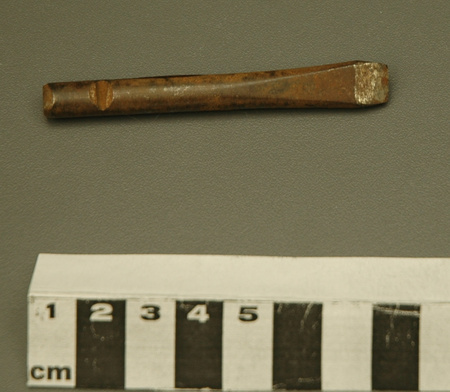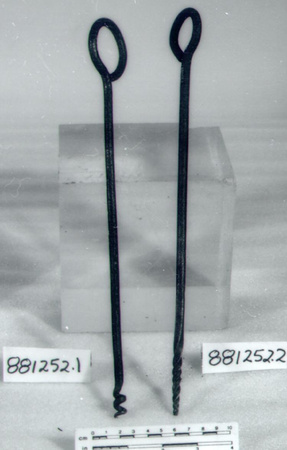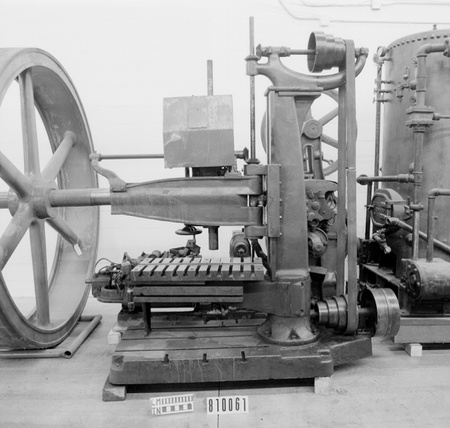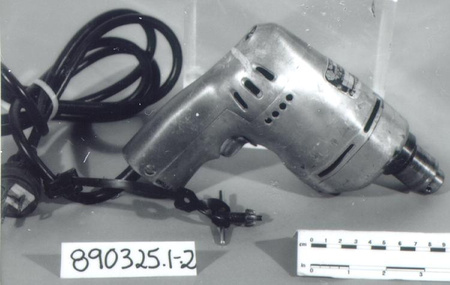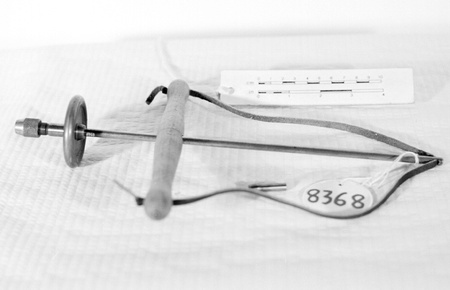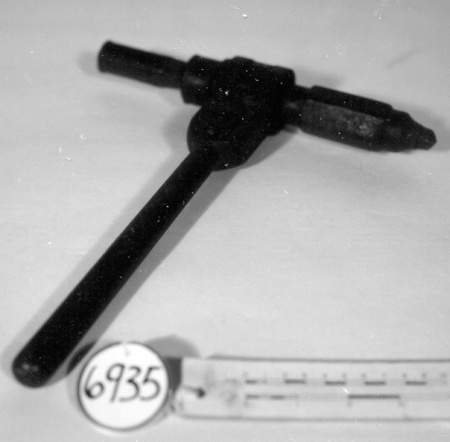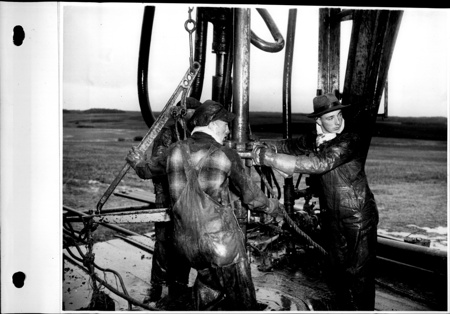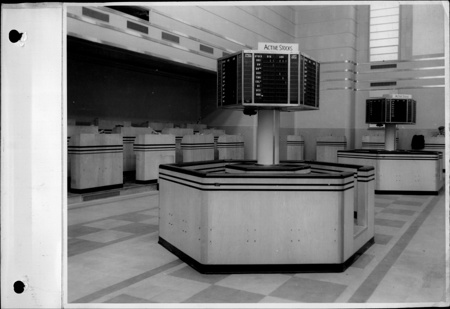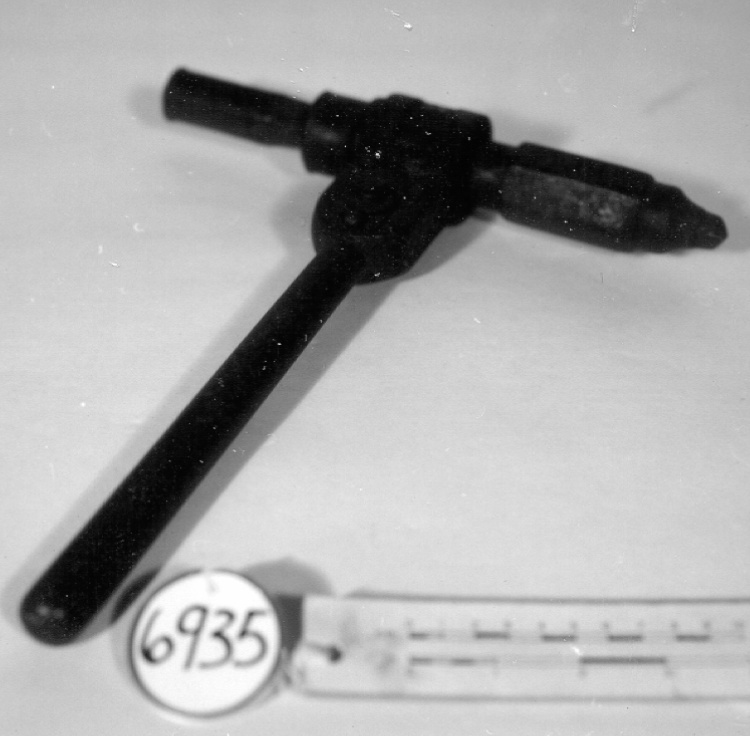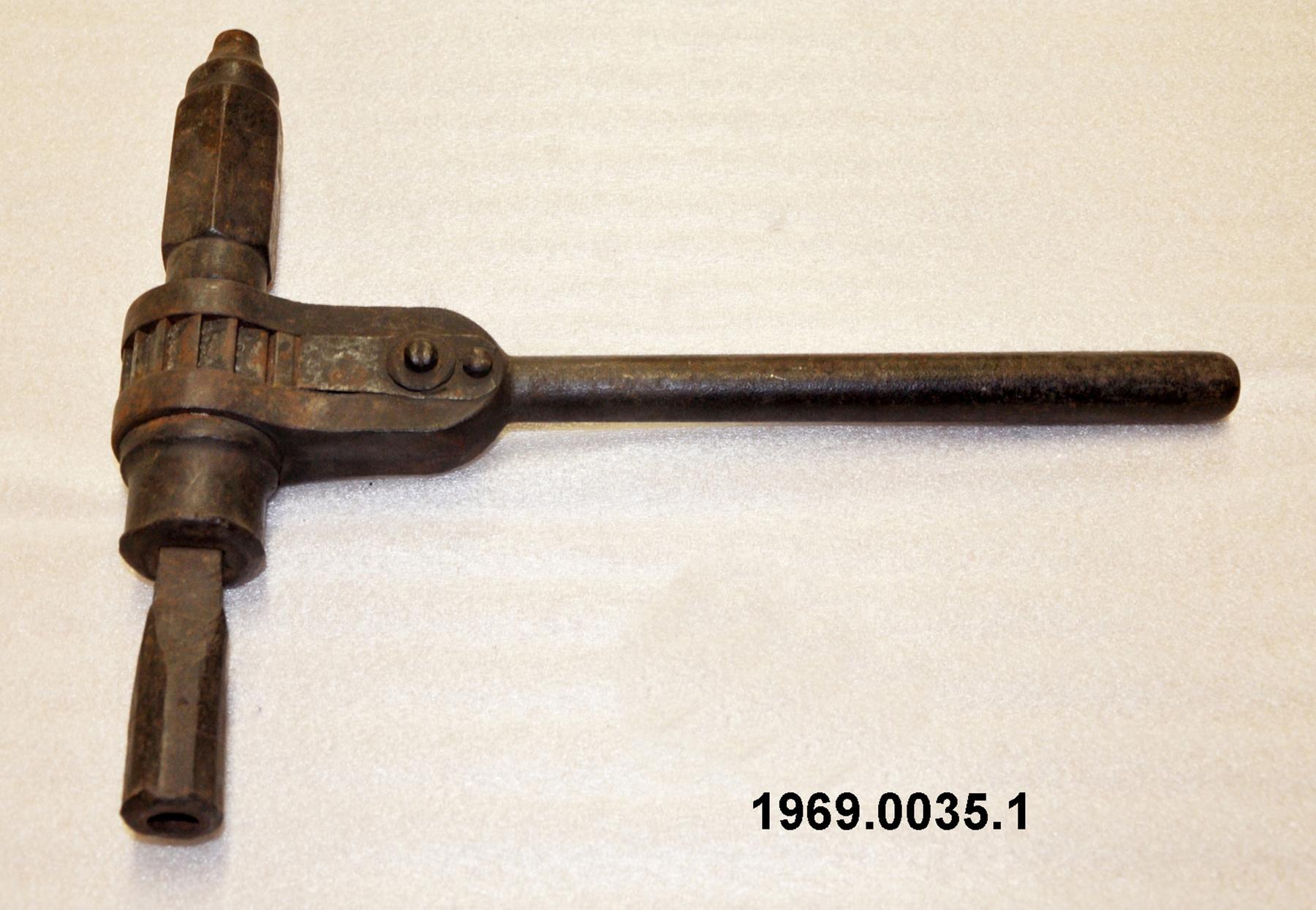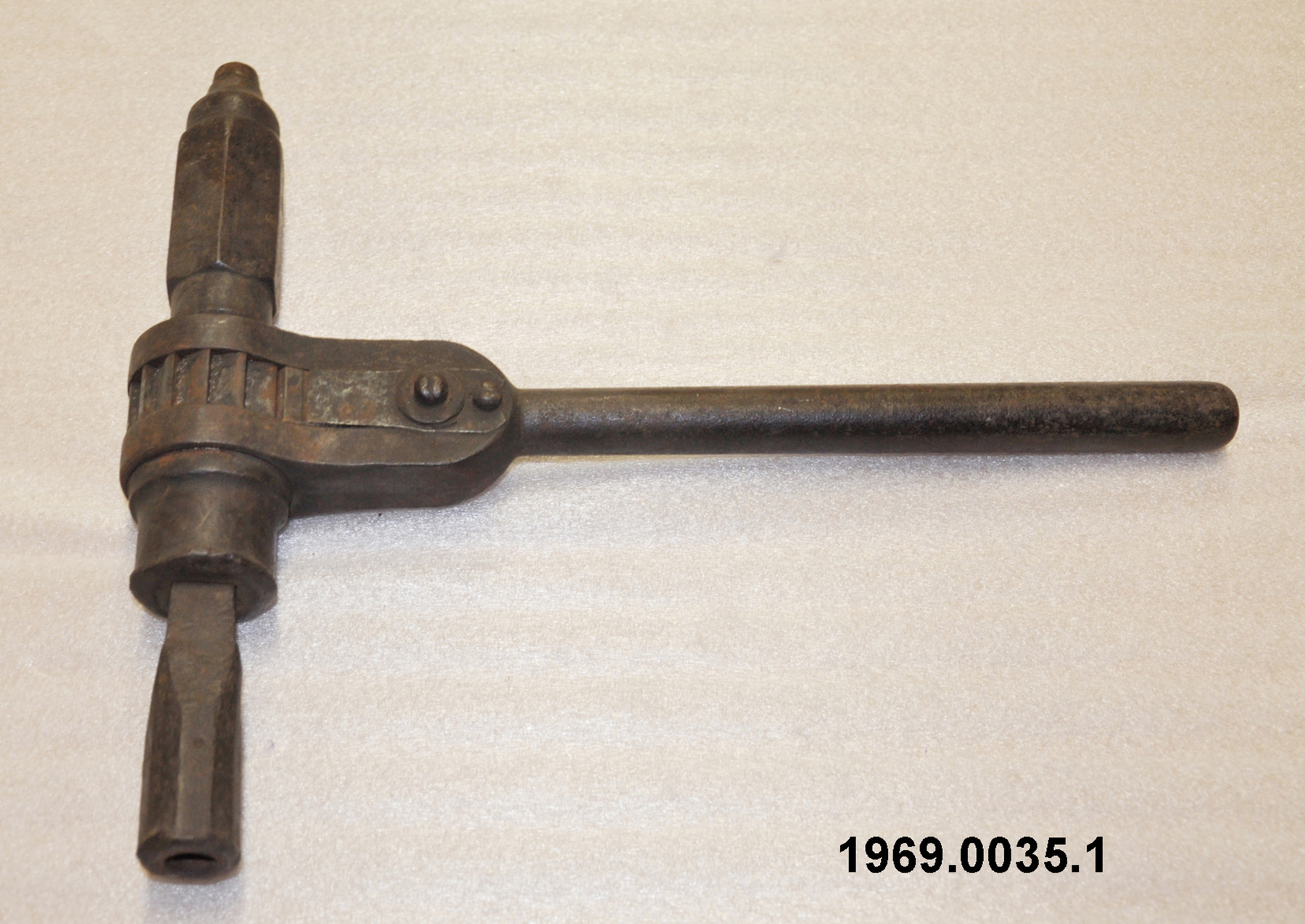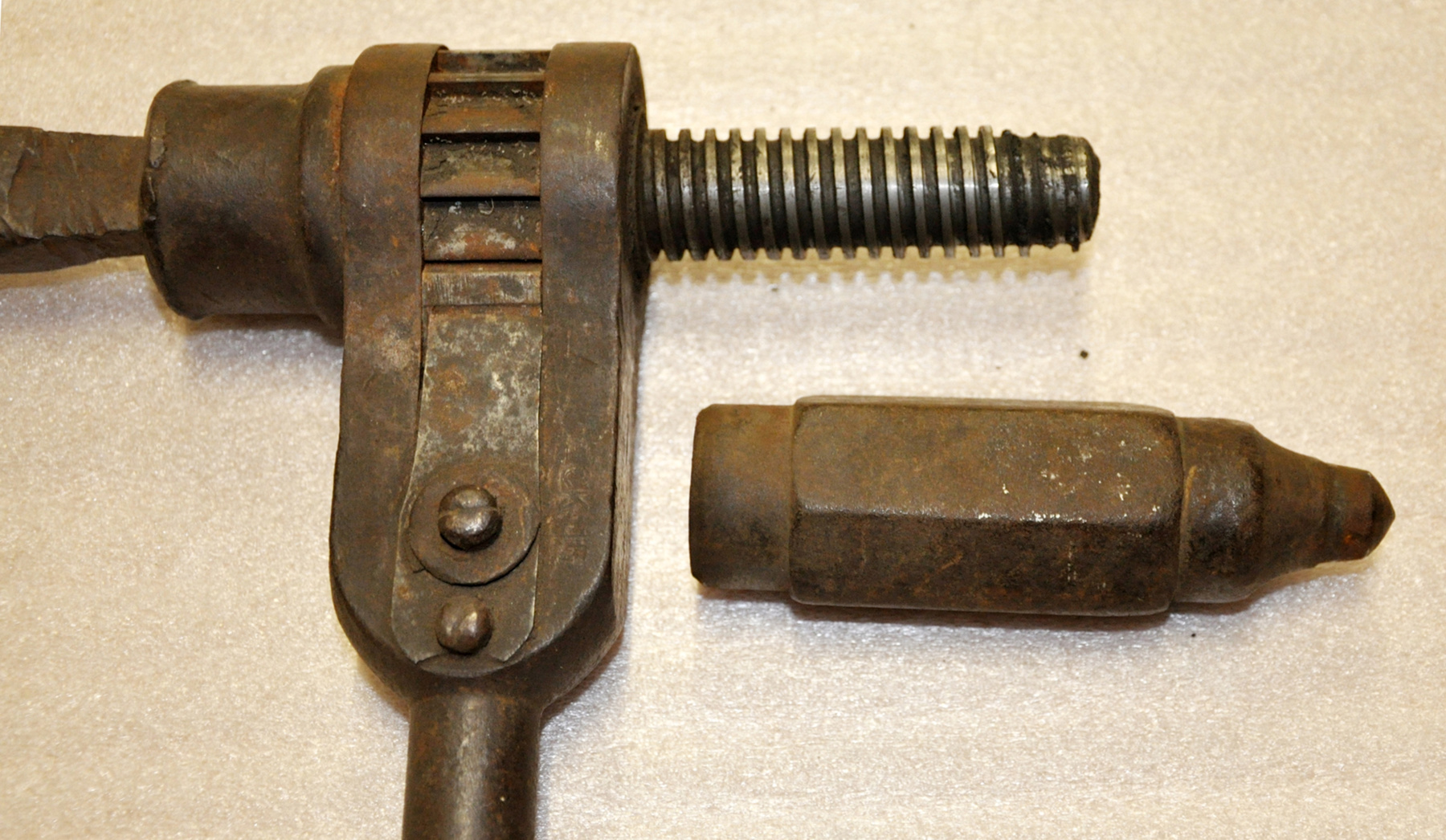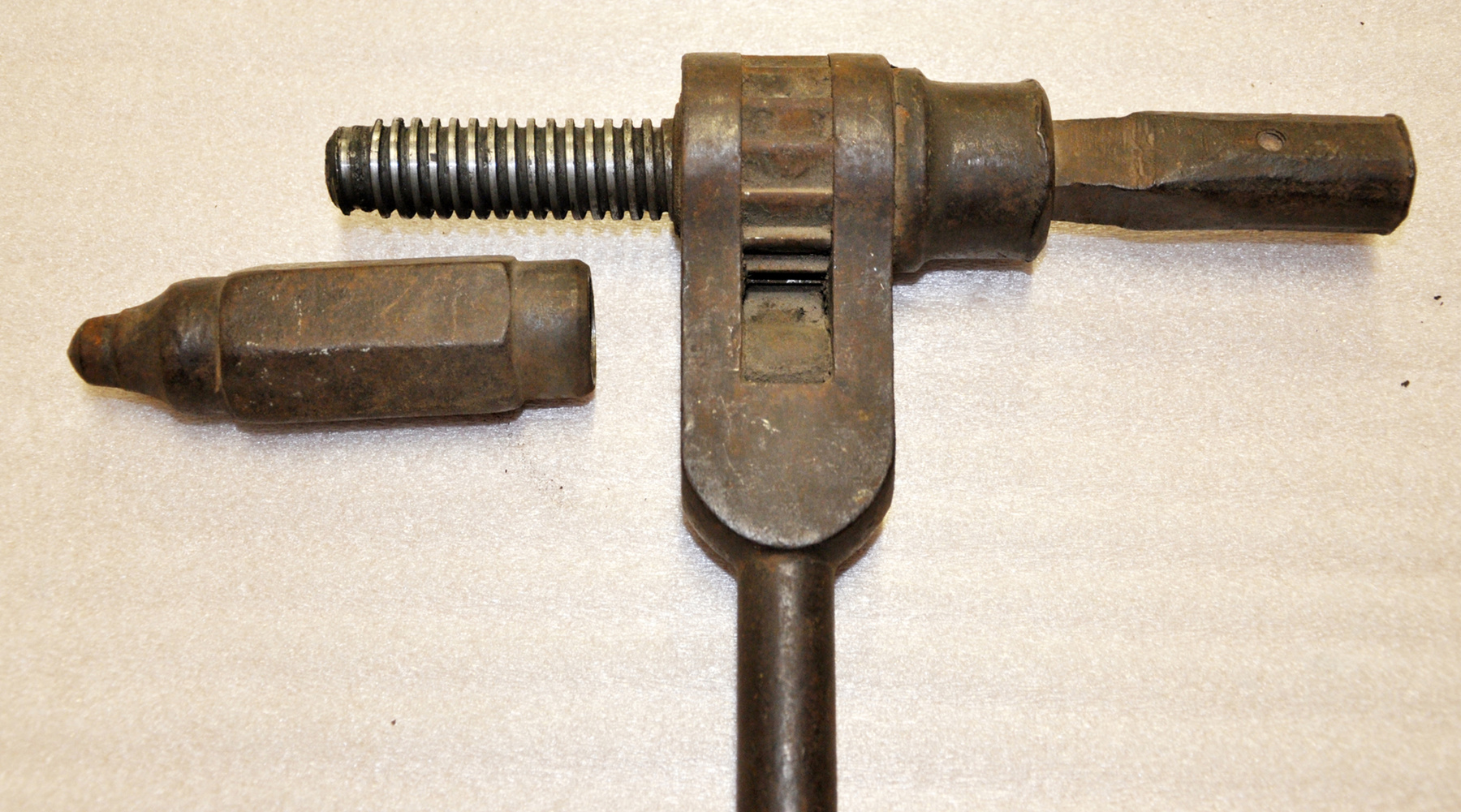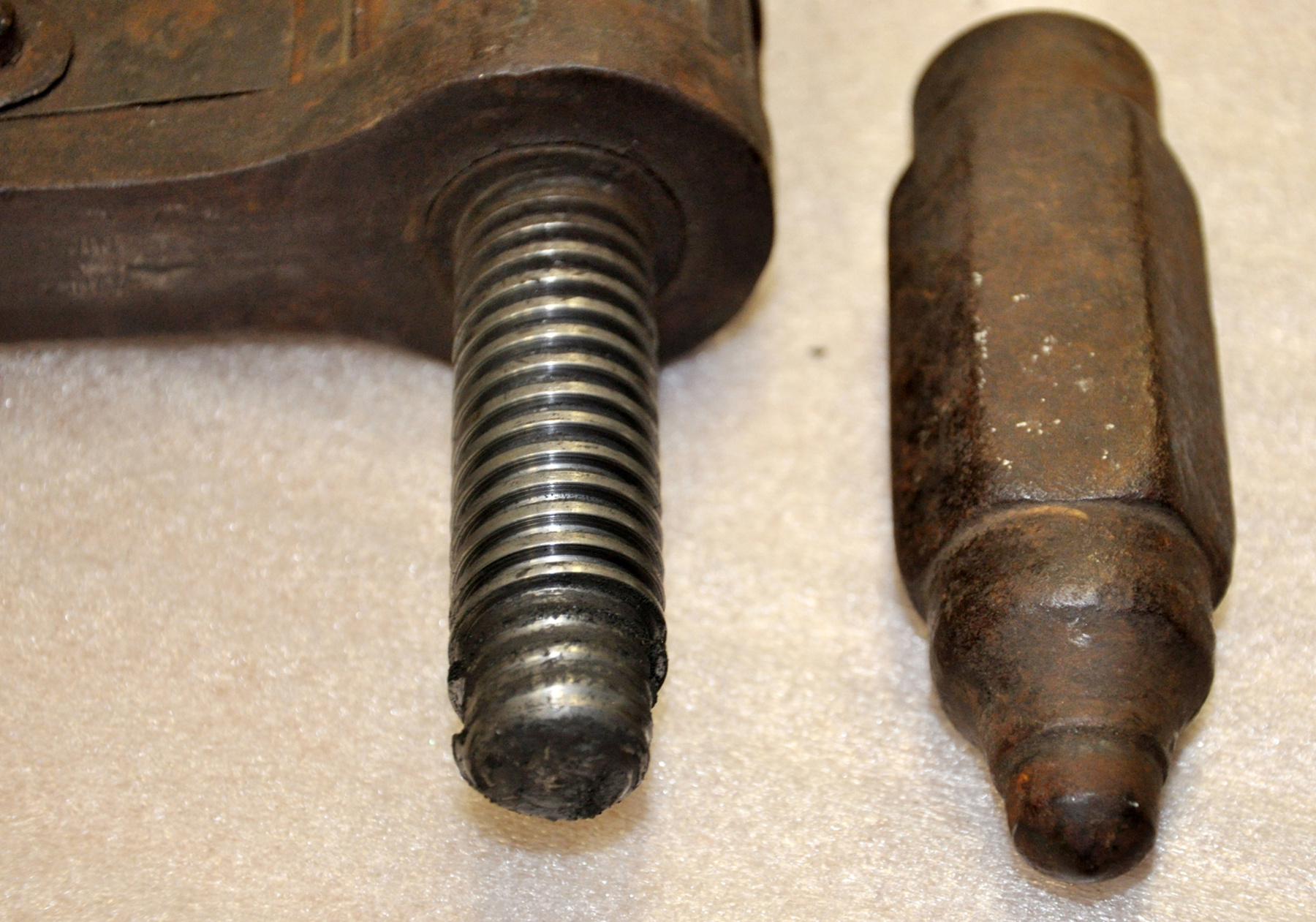Drill
Use this image
Can I reuse this image without permission? Yes
Object images on the Ingenium Collection’s portal have the following Creative Commons license:
Copyright Ingenium / CC BY-NC-ND (Attribution-NonCommercial 4.0 International (CC BY-NC 4.0)
ATTRIBUTE THIS IMAGE
Ingenium,
1969.0035.001
Permalink:
Ingenium is releasing this image under the Creative Commons licensing framework, and encourages downloading and reuse for non-commercial purposes. Please acknowledge Ingenium and cite the artifact number.
DOWNLOAD IMAGEPURCHASE THIS IMAGE
This image is free for non-commercial use.
For commercial use, please consult our Reproduction Fees and contact us to purchase the image.
- OBJECT TYPE
- RATCHET
- DATE
- Unknown
- ARTIFACT NUMBER
- 1969.0035.001
- MANUFACTURER
- Chatwin, Thos.
- MODEL
- Unknown
- LOCATION
- Birmingham, England
More Information
General Information
- Serial #
- N/A
- Part Number
- 1
- Total Parts
- 1
- AKA
- N/A
- Patents
- N/A
- General Description
- FERROUS METAL
Dimensions
Note: These reflect the general size for storage and are not necessarily representative of the object's true dimensions.
- Length
- 33.2 cm
- Width
- 27.6 cm
- Height
- 5.7 cm
- Thickness
- N/A
- Weight
- N/A
- Diameter
- N/A
- Volume
- N/A
Lexicon
- Group
- Industrial Technology
- Category
- Tools-Hand
- Sub-Category
- N/A
Manufacturer
- AKA
- Chatwin
- Country
- England
- State/Province
- Unknown
- City
- Birmingham
Context
- Country
- Unknown
- State/Province
- Unknown
- Period
- Unknown
- Canada
-
Not know specifically but probably used in an industrial machine shop such as for the locomotive or marine industries. - Function
-
This tool was used for drilling of holes through metal inawkward and tight positions. For example,this tool would be used to drill the holes through the flange of a pipe to match up with its mate in order to bolt them together. - Technical
-
After the machinist has finished counter sinking the un-drilled pipe flange by using a gasket to mark out the holes, clamps would be used to tighten the two flanges together. One pipe flange would have the holes drilled, the other ordered pipe would be purposefully left blank to allow for drilling by the customer. One of the clamps would be adjusted with a set screw to allow space for the drill to be positioned vertically with its hexagon shaped and tapered spacer to be seated into the top of the clamp arm, and the other end of the drill would have the appropriate size drill bit positioned into the countersunk surface of the yet-to-be-drilled hole. Once the drill has been secured by tightening the hexagon-shaped spacer against the top clamp arm, the operator would torque clockwise with the handle which would act against the reverse acme thread of the hexagon spacer. Thus the least area of resistance would be the drill bit end, which would start cutting into the steel. The hexagon-shaped adjustment pieces which are threaded into an acme thread would be the spacer and would be positioned at the top of a clamp. Retired CSTM employee Ian Jackson gave his example in using this type of artifact and has seen a similar pneumatic drill ratchet used in shipbuilding. The pneumatic powered drill ratchet would operate on the same principal but use air. Hand-powered drill ratchets would also be used if you ran out of air hose, or as stated previously, encountered an awkward spot and angle that a large mechanized ratchet drill could not be used. Supplied here is a link to a modern hand powered ratchet drill, but operates on the same principals and requires the same appliances. http://engines.rustyiron.com/coledrill/ - Area Notes
-
Unknown
Details
- Markings
- MANUFACTURER'S INFORMATION ON BOTTOM PORTION OF RATCHET MECHANISM. UNDECIPHERABLE MARKING ON TOP PORTION OF SAID MECHANISM.
- Missing
- N/A
- Finish
- Unknown
- Decoration
- N/A
CITE THIS OBJECT
If you choose to share our information about this collection object, please cite:
Chatwin, Thos., Drill, Unknown Date, Artifact no. 1969.0035, Ingenium – Canada’s Museums of Science and Innovation, http://collection.ingenium.ca/en/id/1969.0035.001/
FEEDBACK
Submit a question or comment about this artifact.
More Like This
